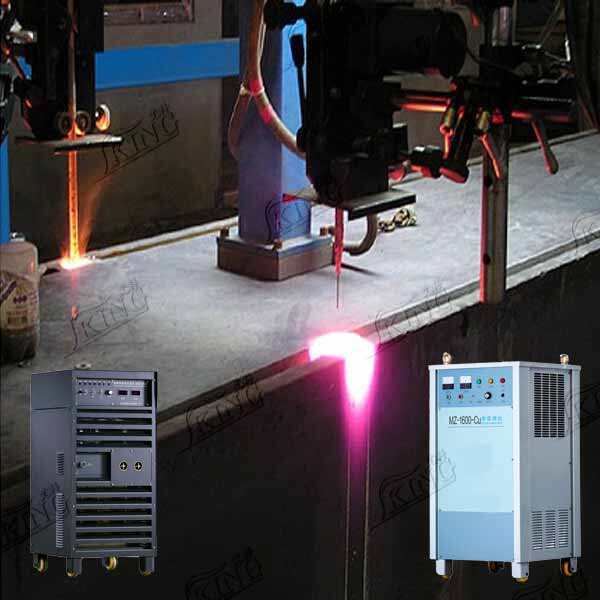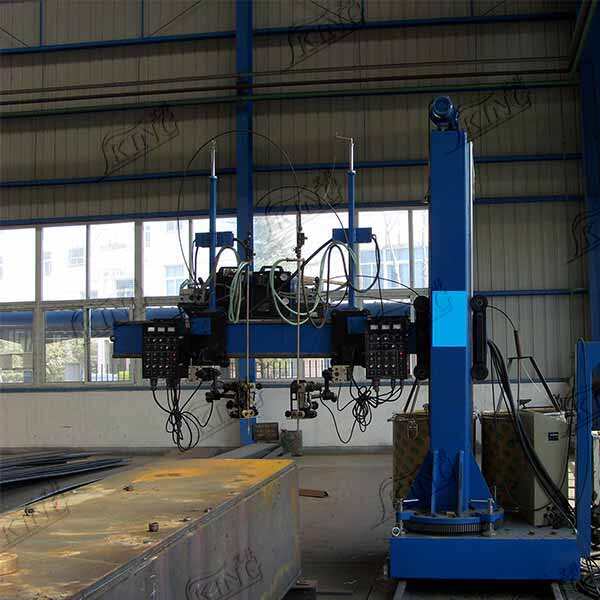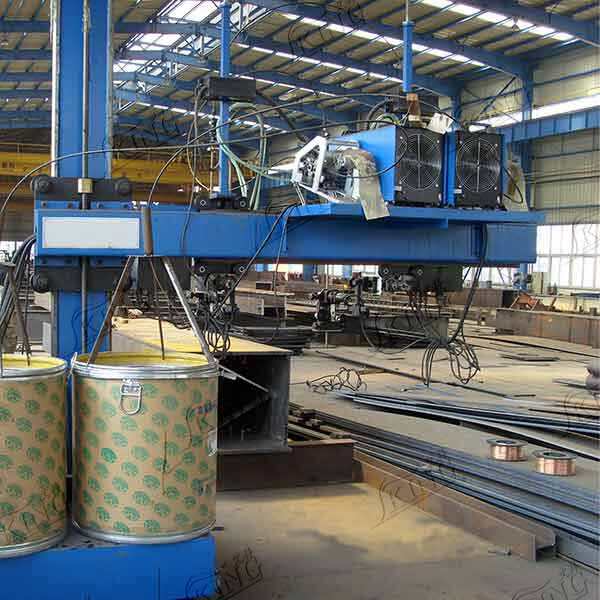electroslag welding for heavy materials
Electroslag welding (ESW) is an advanced welding process specifically designed for joining thick metal plates and heavy materials in a single pass. This highly efficient method utilizes electrical resistance heating and a molten slag bath to create strong, deep penetration welds. During the process, the molten slag bath acts as both a heat source and a protective medium, maintaining a constant temperature while shielding the weld from atmospheric contamination. The process begins with an initial arc that heats the flux to create the conductive slag pool. As the welding progresses, the electrical current passes through the slag, generating heat through resistance, which melts the base metal and filler wire. The process is particularly effective for materials ranging from 1 inch to 12 inches in thickness, making it ideal for heavy industrial applications. The vertical welding position and the unique cooling pattern of ESW result in a uniform weld structure with excellent mechanical properties. This method has revolutionized the fabrication of heavy structures in shipbuilding, nuclear power plants, and large pressure vessel manufacturing, offering significant time and cost savings compared to traditional multi-pass welding techniques.


